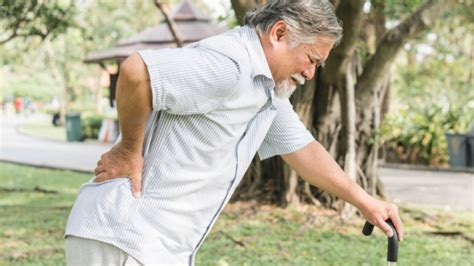
How the Sports Injuries of Our Youth Hinder Us Later in Life
You remember the day perfectly. It was your senior year, and you were good. It was the season’s first game, and colleges were after you. And then, boom! You tear your ACL. Game over. Season over. College sports over.
Fast forward 20 years, you’re now in your mid 50’s, and you still feel that knee bark occasionally. You’ve seen your doctor and maybe also your physical therapist and were told that the ACL repair you had in high school is now causing arthritis.
Okay, so maybe you weren’t a budding college athlete, but you fell off the swing set and broke an arm or twisted an ankle popping a wheelie on your Schwinn. Those seemingly insignificant injuries of our youth tend to creep back into our lives as we get older.
“If you have a body – you’re an athlete.” – Bill Bowerman, former University of Oregon Track and Field Coach and Co-founder of Nike
Arthritis
The term arthritis translates to “arthron,” meaning joint, and “itis,” meaning inflammation. As we age, our joints begin to lose fluid and can become inflamed, more so if there has been a previous trauma. This process starts at about the age of 25-30. The odds are that you could take a perfectly “normal” looking 25-year-old, look at an x-ray, and somewhere in their body, there would be arthritis. Yet, you ask that same 25-year-old, and they’d tell you they don’t have any pain.
Just because you have been told you may have arthritis doesn’t mean you need to quit exercise. Quite the contrary as it’s well-known the positive effects exercise has on the body. Exercise is key to maintaining a healthy lifestyle, from increased endorphin release to weight management to improved social lives.
In addition to the previously mentioned benefits, exercise helps keep our joints healthy as well. Our bodies respond by increasing muscle mass which helps absorb shock away from our joints, keeping them fresh. Exercise also helps push fluid in and out, which improves joint lubrication and overall health.
Change Your Routine
Perhaps instead of quitting exercise, look at changing how you exercise. Numerous published articles cover the benefits of exercise on arthritis. Those articles include different modes of training which are considered safe and effective, including cycling, swimming, yoga, tai chi, Pilates, walking, etc.
These exercises all have one thing in common. They’re considered low-load exercise, which helps keep our joints happy and healthy. In addition to low-load exercise, it’s essential to consider a few other helpful tidbits.
Remember to always stretch after your workout and add a longer warm-up to your exercise. This warm-up and cool-down helps prevent muscle breakdown and aids in your body’s recovery.
That Hurts!
Everyone needs to forget the phrase, “No pain, no gain.” Pain is our body’s way of letting us know something is wrong. Discomfort while working out isn’t necessary to maintain fitness. In fact, it’s counterproductive.
If you feel pain during exercise, it usually means one of two things – you’re doing it wrong or have an injury. Working out with poor form that causes pain can also lead to an injury.
This advice doesn’t mean we shouldn’t stress our muscles, joints, and skeleton. Stress is what forces our bodies to adapt and strengthen. Pain isn’t stress; it’s distress. Don’t continue to push through the pain of any exercise. There are a million ways to exercise. Why choose the type of workout that hurts?
Get Advice
We should expect some everyday aches and pains as we get a bit longer in the tooth. If your pain is chronic, seek medical advice to ensure there’s not a more sinister underlying condition causing your symptoms.
Provided a doctor gives you the all-clear to continue exercising, consult a fitness professional to help find the best exercises for you. There’s no need to pay for an expensive trainer at some fancy gym. Any type of workout imaginable is available for free on YouTube. A phone, tablet, or laptop and a mirror are all you need to work out pain-free.
Don’t let that old high school or college injury stop you from doing what you love. Exercise most likely will end up helping more than hurting in the long run.
Take care, even down there.
Share this Post